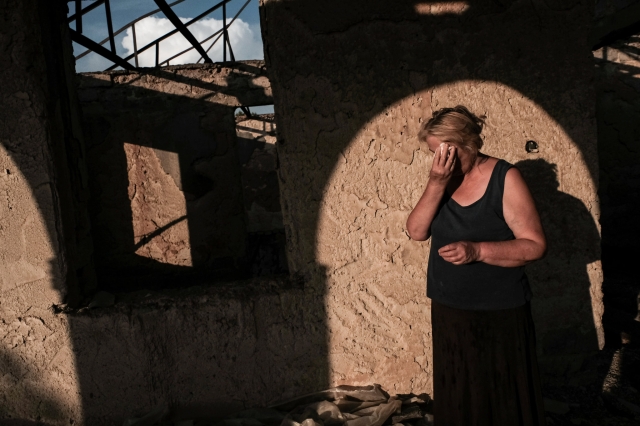The New York Times Profiles Life in Tskhinvali
It is well-known that Russian-backed forces in the Tskhinvali region continue to encroach on Georgian territory, continuously changing a de facto border that is only recognized by Russia and three other countries. Yesterday, The New York Times published, ‘Living on the Shifting Border of Georgia and Russia’, that sheds light upon the difficulties endured by locals living under Russian occupation in the Tskhinvali Region.
“Imagine waking up and realizing that you are now living in a different country.
But you never moved.
Such is the case for people living in Tskhinvali, or South Ossetia, a region recognized by the United States and NATO as Georgian territory but a Russian stronghold for the last 30 years. A truce was ostensibly called in 2008, but as the photographer Tako Robakidze discovered, ask any Georgian in the area and they will insist the conflict never really ended” Remy Tumin’s article opens.
Using the photos of Georgian photographer Tako Robakhidze, the piece offers a poignant look into the dire circumstances faced by residents.
Documenting the crisis in her project “Creeping Borders,” Robakhidze told The New York Times that “There are two kinds of people along the border, people who fight every day along the creeping border and people who have lost everything. Overnight, you can find out your land or your house is now in occupied territory.”
“They can’t go near the border because they’re afraid of detention,” Ms. Robakidze said. “There are no more pastures because the land is occupied. When you talk with people who are in camps they tell you that there was a constant war for the whole period…None of them expected something like this to happen, that they would leave their houses and never go back,” she added.
Check out the piece on the NYT website for the rest of the powerful images.
By Máté Földi












